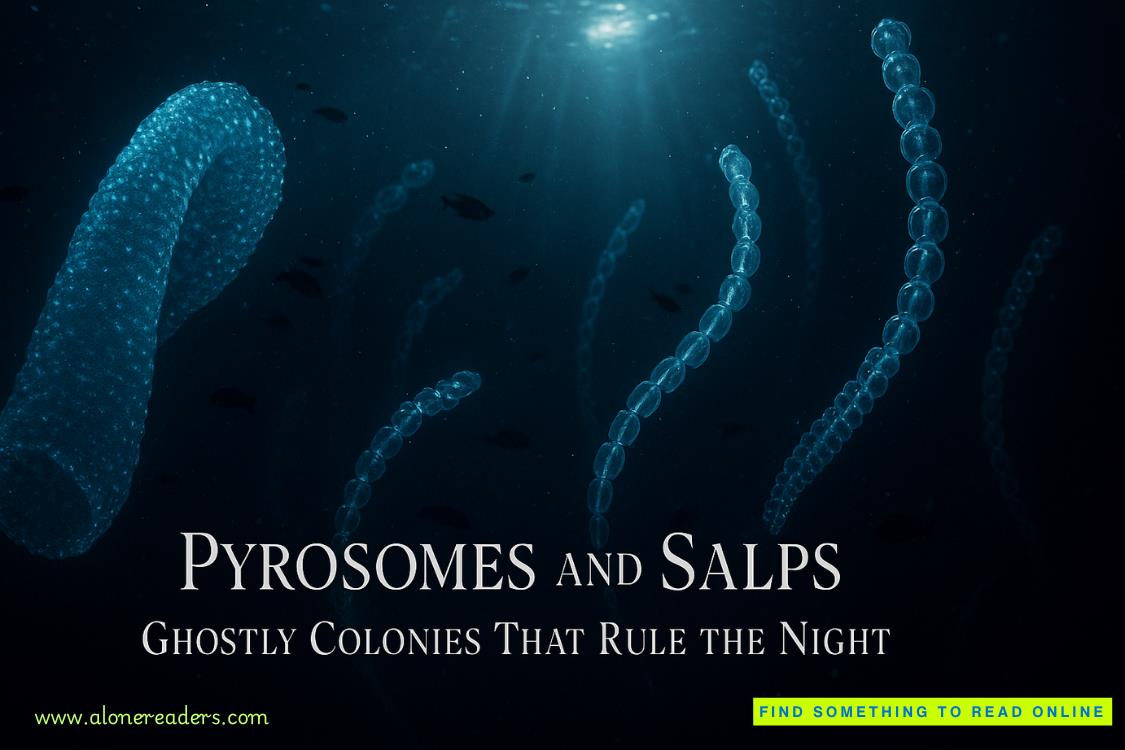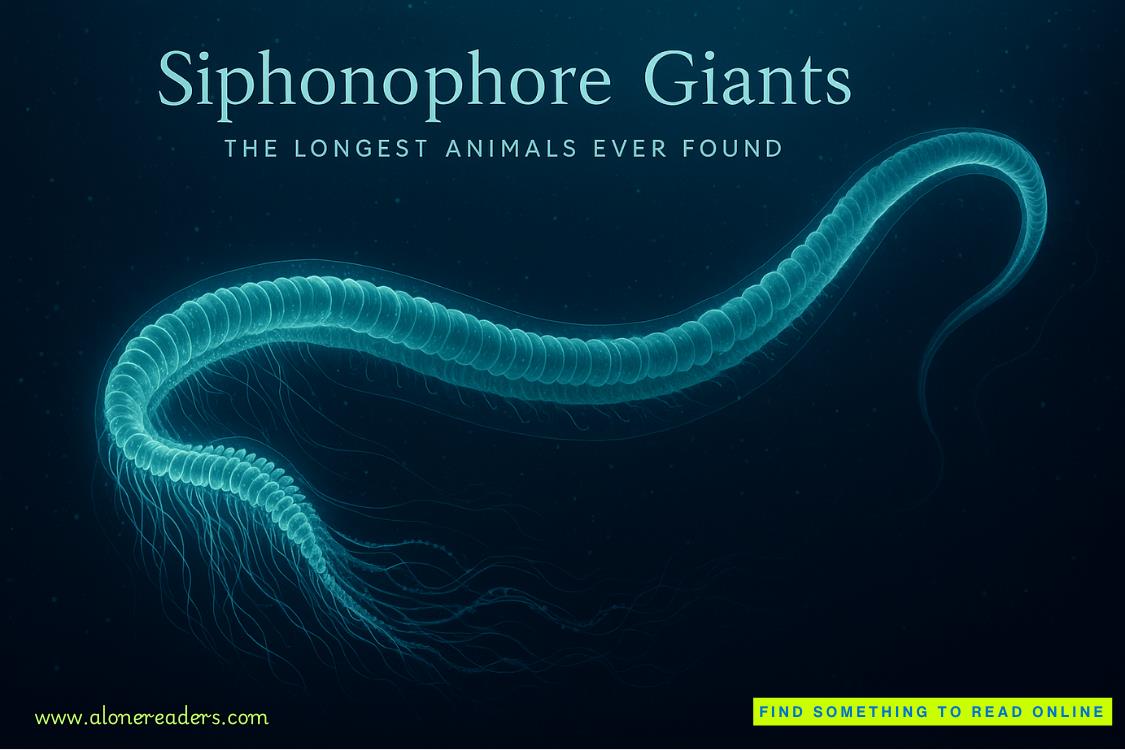Page 45 of Knot in Bloom
I watch these two men—who barely know each other—coordinate my rescue mission with surprising efficiency. Not because they’re naturally compatible, but because they’re both focused entirely on solving my problem.
“Go,” Levi says when I hesitate. “I’ll stay here and help with arrangements.”
“But you don’t know anything about?—”
“I know how to follow directions and hold things steady while you work.” His smile is warm and reassuring. “Let me help the way I know how while they handle what they do best.”
Twenty minutes later, Caleb and Reid are gone, leaving me alone with Levi and a disaster that suddenly feels manageable.
“Okay,” Levi says, rolling up his sleeves. “Where do we start?”
For the next hour, I work while he assists with the focused attention he brings to everything—holding stems while I adjust angles, fetching supplies before I ask, offering quiet encouragement when I start spiraling into self-doubt.
“This focal piece,” he says, studying the arrangement I’ve been fighting with since dawn. “What if you moved this branch here? Create asymmetrical balance instead of forcing symmetry?”
I make the adjustment and everything clicks into place. Suddenly the piece looks intentional rather than struggling. Elegant in its imperfection.
“How did you see that?” I ask, staring at the transformation.
“Sometimes you need fresh eyes. Someone who sees the forest instead of individual trees.” He hands me another stem. “You were so focused on making each element perfect that you lost sight of the overall composition.”
As we work, I become aware of how comfortable this feels. His quiet presence grounding my creative energy instead of distracting from it. The way his scent—cedar and rain and books—wraps around me like a safety blanket, making everything feel possible again.
I forgot to take my suppressant yesterday. Too stressed about the photo shoot to stick to my usual routine. Being this close to Levi, breathing in his comforting alpha warmth, my body responds more strongly than it should. Pulse quickening, skin warming, that telltale slick gathering between my thighs.
The realization hits me suddenly—I’m about to spend hours with three alphas while my suppressants are wearing off. My scent will broadcast every reaction, every flutter of attraction. But looking at Levi’s focused attention as he helps me work, I can’t bring myself to care about the vulnerability.
If he notices my body’s response, he doesn’t mention it. Just continues helping with gentle competence, occasionally brushing against me when we both reach for the same tool. Each brief contact sends warmth racing through me, making concentration more difficult but somehow also easier. Like his presence gives me permission to trust my instincts instead of overthinking every decision.
“Tell me about the vision again,” he says as I work on the second centerpiece. “Not the technical details. The feeling you want people to have when they see these.”
I pause, considering. “Home. I want them to see autumn in Montana and think ‘this is where I want to be.’ Not because it’s perfect or polished, but because it’s real. Because it represents a place where beauty grows naturally from the landscape and the people who care for it.”
“Then stop trying to make them look like magazine photos,” Levi says gently. “Make them look like Honeyridge Falls in October.”
The advice hits like revelation. I’ve been trying to create what I thought a national magazine would want instead of showcasing what makes this place special. The authentic beauty that drew the photographer’s attention in the first place.
With that perspective shift, the arrangements begin flowing together. Each piece distinct but cohesive, sophisticated but unmistakably rooted in this place and this community.
By eight-forty-five, Caleb and Reid return with boxes of perfect blooms, arriving with barely twenty minutes to spare before the photographer.
“Traffic was murder coming back,” Caleb explains, setting down supplies with slightly less composure than usual.
“But we got everything,” Reid adds, checking his watch with the same concern I feel.
“You look different,” Caleb observes, studying my face. “Less panicked.”
“Levi helped me remember what I was trying to say,” I explain, accepting the burgundy dahlias like precious gifts.
“Good.” Caleb starts unpacking flowers with systematic efficiency. “What needs these burgundy ones first?”
For the final fifteen minutes, all three of them help me complete the signature installation. Caleb holds heavy branches steady while I secure them. Reid fetches tools and supplies with methodical efficiency. Levi offers color suggestions with the eye of someone who understands how elements work together to create meaning.
They coordinate around each other with surprising naturalness, considering how recently they met. When Reid needs to reach something behind Caleb, he simply touches his shoulder and says “excuse me.” When Levi disagrees with my placement choice, he phrases it as a gentle question rather than criticism. When Caleb’s military efficiency threatens to rush mycreative process, Reid quietly redirects him to tasks that benefit from speed.
I watch them work together and something warm settles in my chest. This is what support looks like. Not three men competing for my attention, but three different strengths focused on the same goal.
At exactly nine o’clock, the photographer arrives to find arrangements that exceed even my own expectations. Autumn elegance that captures Montana’s natural beauty without sacrificing sophistication. Each piece tells the story of this place—mountains and valleys, seasons and cycles, community and care.















